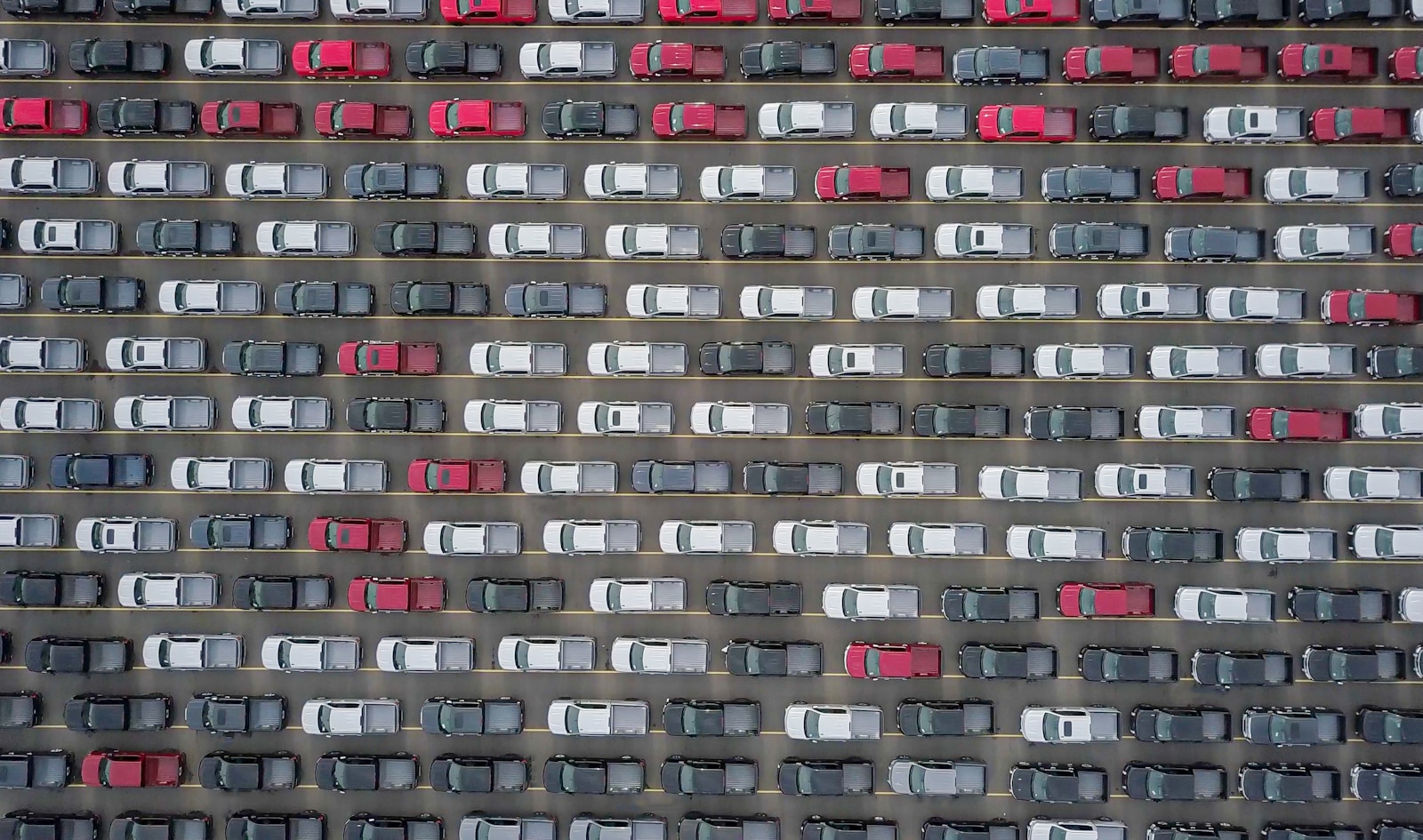Key takeaways
- Singapore uses a special test centre to ensure safe autonomous vehicles.
- Engineers simulate heat, rain and humidity to mimic tropical weather.
- Since 2017, authorities approved over 50 test runs and 19 vehicles operate on public roads.
- Partnerships like Grab-WeRide will launch services in 2025–2026 to tackle labor gaps.
- Singapore’s careful rules make it a leader in regulated autonomous vehicles innovation.
Singapore’s Approach to Autonomous Vehicles Testing
Singapore wants to lead in smart transport. Therefore, it built a high-tech centre called CETRAN. At this site, experts test autonomous vehicles in realistic conditions. First, they set up hot and humid rooms. Next, they add heavy rain and strong sun. In this way, every part of a driverless car must prove it works well.
The centre also checks sensors, brakes and software. Moreover, it tests how cars handle sudden storms. In addition, engineers watch how vehicles manage slippery roads. Altogether, these steps help build trust in driverless technology.
Simulating Tropical Conditions for Autonomous Vehicles
At CETRAN, tropical storms arrive on demand. Water cannons spray heavy rain at high speed. Meanwhile, air jets heat the car cabin to mimic midday sun. As a result, sensors face dust and glare just like on real streets. This careful setup exposes weak points early.
Consequently, firms fix issues before any public trial. They update software so cars detect obstacles in thick rain. They also improve battery systems to avoid overheating. Therefore, vehicles stay safe and reliable.
Moving from Lab to Real Roads
Since 2017, regulators approved more than 50 test authorizations for autonomous vehicles. As of now, 19 self-driving cars share public roads under close watch. First, they run on quiet routes. Next, they join city streets at low speed. Engineers ride along to monitor performance. This cautious move limits risks.
Moreover, every trip sends data back to CETRAN. Teams review logs and video frames each night. Then, they tweak vehicle algorithms. Thus, cars learn faster and better.
Partnerships with Ride Services
Beyond testing, Singapore aims to solve driver shortages. Therefore, the Grab-WeRide alliance plans a driverless ride service in 2025. This new shuttle will run in business districts. Later, from 2026, it will link residential areas to MRT stations. First trips will cost less than regular taxis.
In addition, other companies join the race. They propose driverless minibuses for schools and parks. Together, these plans will show how autonomous vehicles can serve daily needs.
Regulated Innovation Keeps Everyone Safe
Singapore’s strict rules help build public trust. Authorities require every test to follow safety plans. Companies must show how they handle emergencies. For instance, cars need an expert operator ready to take control. Moreover, a backup system must stop the vehicle if software fails.
If anything goes wrong, firms face heavy fines. Therefore, they invest time and money to meet high standards. This careful path prevents accidents and builds confidence.
What’s Next for Autonomous Vehicles in Singapore
Looking ahead, more trials will expand to wider roads. Officials plan to unlock more test zones by 2026. Additionally, they will streamline approvals so firms can innovate faster. Still, all testing stays under watch to ensure safety.
At the same time, schools and startups study how driverless cars affect traffic flow. They hope to reduce jams and cut emissions. Ultimately, Singapore aims to be the safest place to develop autonomous vehicles anywhere.
Why This Matters
Autonomous vehicles promise many benefits for cities. They could reduce accidents caused by human error. They might also lower road pollution when paired with electric power. For older adults and people with disabilities, driverless cars could mean new freedom.
Singapore’s method shows that careful testing pays off. By simulating real weather and enforcing strict rules, leaders ensure cars work safely. Moreover, partnerships with major ride services will bring real services soon. In this way, the nation demonstrates that smart technology and public welfare can go hand in hand.
Frequently Asked Questions
What makes Singapore’s testing centre unique?
Singapore’s centre simulates tropical rain, heat and humidity. It tests cars in conditions matching local weather. This approach reveals issues that only appear in hot, wet climates.
How do regulators approve autonomous vehicle tests?
Firms submit detailed safety plans to a central agency. They must show emergency procedures and operator training. Only after strict review do they receive authorization to test on roads.
When will driverless ride services launch?
The first services from partnerships like Grab-WeRide will start in 2025. By 2026, these services will expand to connect residential areas and transit hubs.
How do autonomous vehicles handle emergencies?
Every vehicle has an expert operator onboard. If software fails, they can take manual control. Also, backup systems automatically stop the car if critical errors occur.

